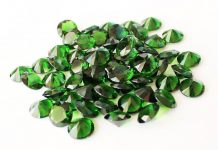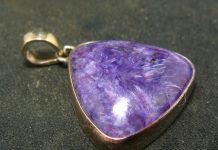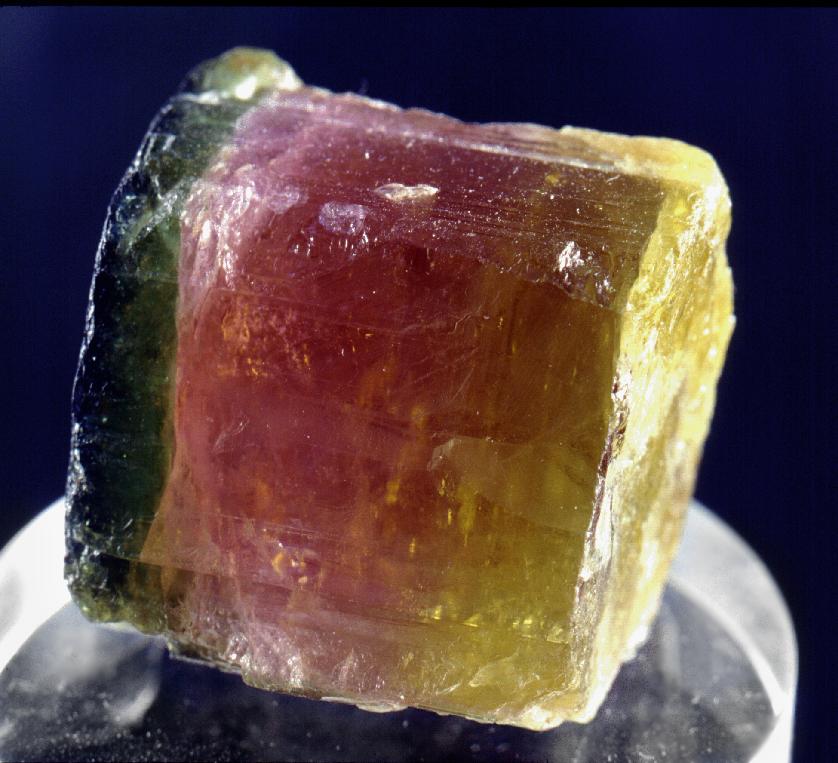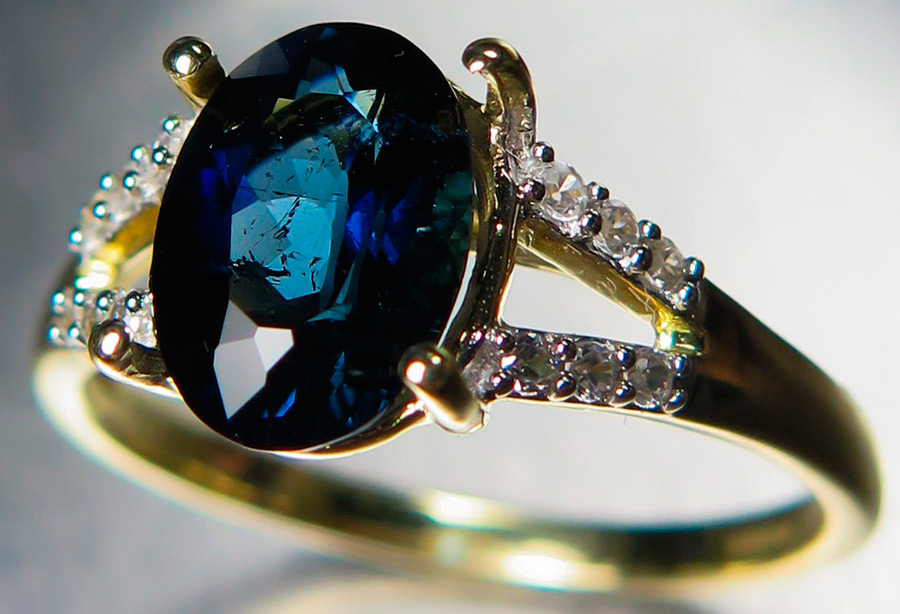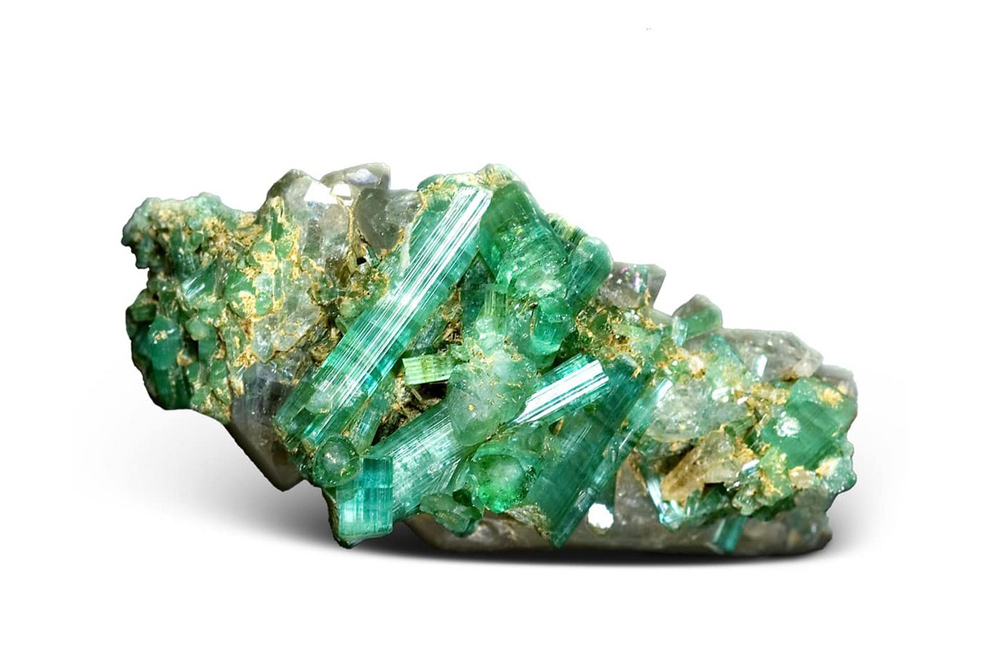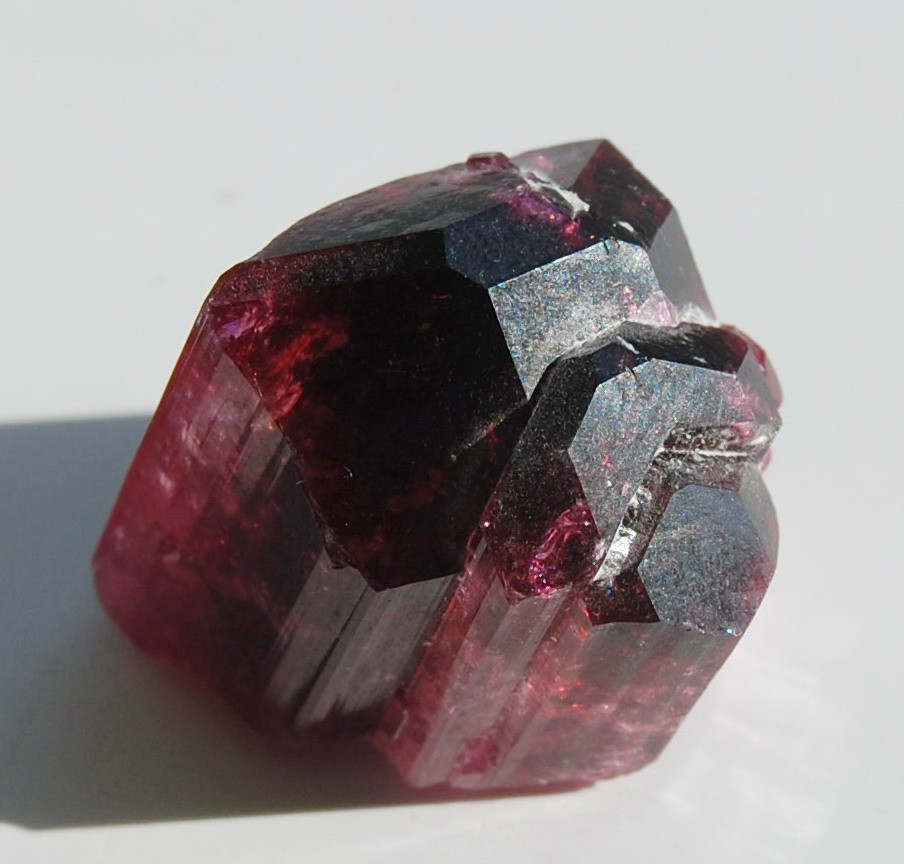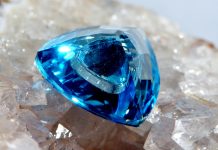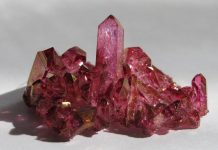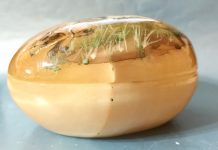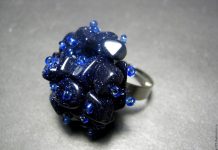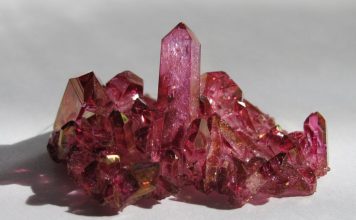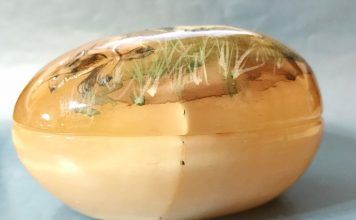The stone called tourmaline first appeared in Europe thanks to the Dutch sailors who brought it from the island of Ceylon. The main advantage of this mineral is polychrome (multi-color). Not so long ago no one knew about this stone, and it was not in demand, however, over the past ten years, the picture has changed dramatically. Now it is a popular stone, which is valued as a jewelry. Tourmaline is an attracting ash (ash), the name comes from Sinhalese, and the reason for its appearance is the ability of the stone to electrify when heated. Alternative names: achroit, dravit, paraboit, siberian, sherl (normal and crimson), rubellite, verdelite or indigolite.
Deposits of tourmaline
As is known, this stone has a volcanic origin, since its crystals can most often be found in areas with high air temperatures. It can be found in metamorphic rocks, skarns and pegmatites, granites and greisens.At the moment, this gem is found in Sri Lanka and Madagascar, in Brazil (up to 80% of the total mineral mined) and, of course, Russia.
Also, the reserves of this minerals were found in Afghanistan, where they extract green and pink tourmaline. Also on the market you can find a stone brought from Mozambique and Madagascar. These minerals have become particularly popular because of their high quality and visual similarity with green-emerald crystals.
Tourmaline and its color variations
As is known, first of all the color of the mineral depends on its chemical composition. Tourmaline stone as a whole can be divided into two categories: semi-precious and precious stones. The classic colors for this mineral are pink and crimson, the rarer version is blue or yellow. Of particular value are transparent gems of red, green and blue, as well as polychrome crystals of green-red color.
Generally, tourmaline can be represented in more than fifty shades, while the color of the mineral is not evenly distributed, and its intensity can vary based on the angle at which you can look at the stone. Also on the market you can find an extremely rare version of tourmaline - a stone with alexandrite effect or asterism (the mineral changes its color depending on the lighting and its type).
Properties of tourmaline stone
This mineral is a boron-containing aluminosilicate, comprising 26 trace elements in its composition and having a variable chemical composition. Outwardly, the gem resembles a three-sided elongated prism with longitudinal shading along the axis and has a glassy sheen. Tourmaline crystals exhibit strong dichroism, while physicochemical indicators are stable for the mineral at any point.
There are types of stone that, when heated to high temperatures (650 degrees and above), begin to lose color intensity (lose color). Thus, the pink crystal becomes transparent, and the brown-red turns into pink. If you use manganese, you can enhance the pink and yellow tones, while continuing the annealing of the stone, the pink tint will disappear and the stone will have a yellow color. The reason for the polychrome coloring, as well as the unique blue and green color is due to the presence of iron and titanium in the composition of the stone.
A distinctive feature of tourmaline - it is considered the stone of the day. The reason for this was the deterioration of the intensity of color in artificial light. By the way, tourmaline is the only mineral in the world that has a constant electric field, which is able to produce negative ions and thermal energy, electrifying even when in contact with a cloth.
Types of tourmaline
Based on the characteristics of the chemical composition, tourmaline crystals are divided into the following categories:
- Tsilaizit is a mineral whose chemical composition is potassium, sodium and aluminum.
- Elbaite is a gemstone in which magnesium is predominant.
- Sherl is a black stone with a high iron content.
- Dravit - a crystal in which there are no prevailing chemical elements.
Jewelry types of tourmaline:
- Rubelite is a mineral whose shade is in the range from pink to red. Of particular value is the ruby-red stone, which is used in the manufacture of rings, earrings and pendants.
- Indigolite - blue stone, which is very difficult to find. Tourmaline can have not only blue, but also mine-green or blue-black shade. An alternative name is Ceylon sapphire, which helps to calm the soothing system.
- Siberia is a crimson, red-violet or purple-red mineral that is mined in Siberia.
- Verdelite - the green stone, the most valuable variation - the green-emerald gem, the so-called "Brazilian emerald."
- Ahroit is a practically colorless mineral, which is considered the most precious and is valued for its rarity.
- Paraiba is a blue-green or blue mineral.At the moment - this is the highest quality tourmaline, which serves as a real treasure, which is almost impossible to find.
- Dravit - brown or yellow-brown stone.
- Chrome Tourmaline - Emerald Tourmaline.
- Hamelionite - a stone with alexandrite effect (changes shade from green to red depending on the type of lighting).
- Watermelon mineral is a polychrome stone that changes color at different points. That is, on the one hand it can be red, and on the opposite green, whence the name “watermelon slice”.
The magical properties of tourmaline
Tourmaline is one of the minerals that are in demand among esotericists, besides it is considered a mystical stone, as it has a strong energy flow of information. The peculiarity of the mineral is that it acts in equal parts both on the state of the body and on the human mind. Many believe that this stone adds confidence in its forces to its owner, protecting it from harm.
It is also believed that this stone helps to unleash its creative potential, keeping a person in a constant good mood, which will help to achieve the desired results. This stone is often used in meditation, as it helps to focus attention on important details and life events. In ancient times, tourmaline was used for ceremonies, with its help they struggled with evil spirits, so for a long time it was considered an ornament of priests, used in churches, and to this day. Tourmaline - a symbol of love and passion, the personification of dedication and the ability to go through life on their way.
Healing properties of tourmaline
As is known, the gem emits infrared rays, expanding blood capillaries. Highlighting the negative ions, it activates the cells of the body and accelerates the process of metabolism. If you believe traditional medicine, the stone has a positive effect on the endocrine system, and the features of the healing properties are determined by the color of the mineral.
For example, blue - relieves nervous tension and improves sleep, green - helps in the treatment of the liver. Blue crystal - relieves headaches and improves eyesight, red - improves blood circulation, positively affecting the potency, black stone is a means to prevent colds, and Sherl is used to fight cancer.
To whom the tourmaline gem is suitable for the zodiac
Astrologers are confident that the relationship of the zodiac signs with tourmaline depends on the color of the mineral. The stone is best combined with the sign of Libra, as it helps to balance the forces and capabilities, to realize the reality of what is happening. In general, it can be used for other characters, such as Pisces, Cancer, Capricorn, Virgo and Gemini. The only zodiac sign that prohibits the use of tourmaline is Scorpio. Signs of the fire element is better to choose a red stone, blue - for the water element, earth signs - black.

























